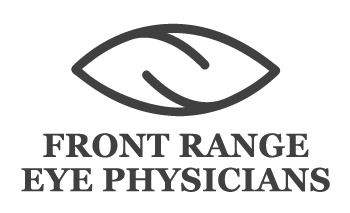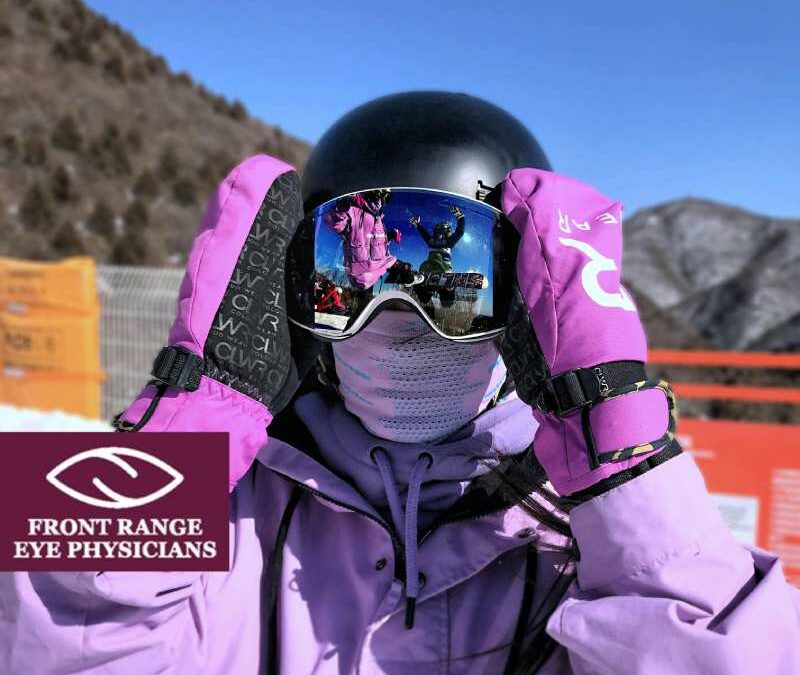PROTECT YOUR EYES ALL WINTER LONG
Hitting the slopes, strapping on snowshoes or heading outside for a wintry jog? Then don’t forget a small but mighty piece of gear: eye protection. Goggles or sunglasses are the key to keeping your eyes safe from the three main threats that winter sports pose:
SNOW BLINDNESS
Too much sun exposure can burn the cornea, especially in winter, since snow is much more reflective than plants or dirt. Usually you won’t notice symptoms of snow blindness-blurry vision and fairly significant eye pain-until later on. If you experience any, it’s a good idea to see a doctor, to treat inflammation and rule out infection. Wearing goggles or sunglasses that are UV protective is the best way to prevent snow blindness.
DRY EYES
Wind and dry wintry air create the perfect storm for dry eyes. If dry eye is not treated, it can lead to eye and vision problems. Symptoms include blurry vision and irritated eyes. Minor irritation can be treated with artificial tears. If irritation persists, see a doctor. Prevention is the best medicine, so keep those goggles on while you ski or snowboard.
EYE TRAUMA
A high-speed impact, an awkward fall, or a few turns through the trees can all result in trauma to the eye. Be especially wary of tree branches, which can cause serious injuries. Again, wearing goggles can help prevent injury in the first place. Though remembering your eye protection may sometimes feel like a hassle, the effort is worth it.
For more information about eye health, visit the Academy’s EyeSmart website, www.eyesmart.org.

